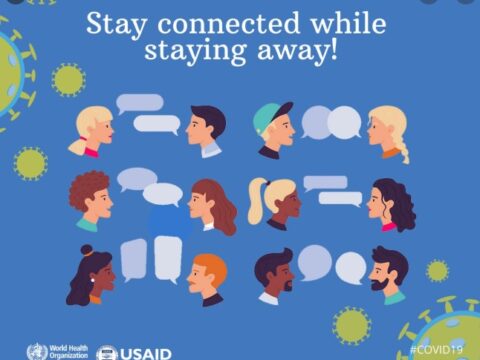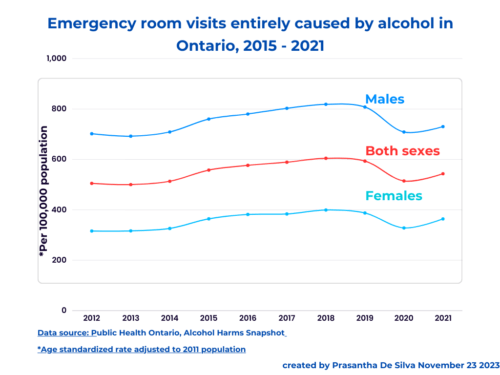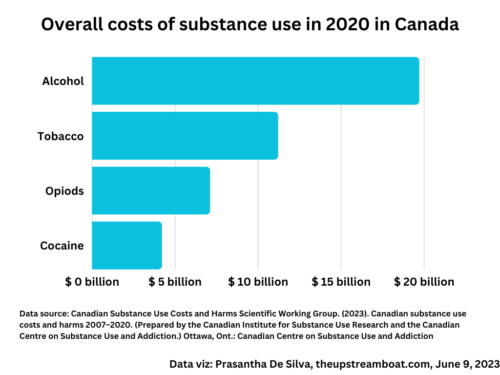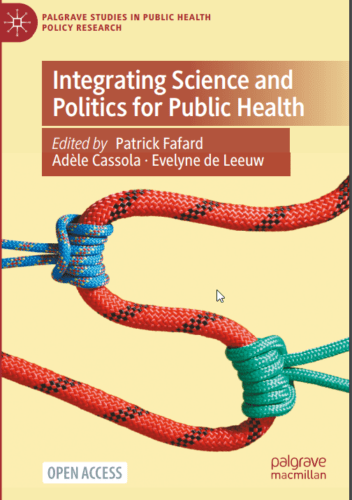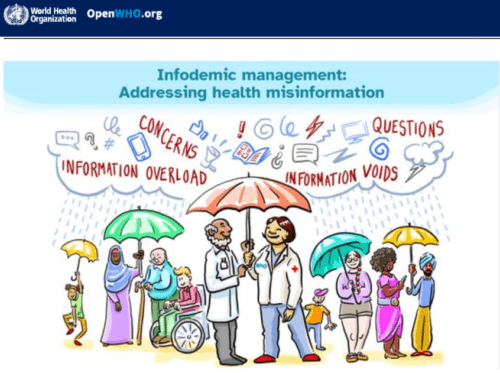Risk communication is challenging, particularly through mass media. It can yield unintended consequences when the time-tested proven strategies are not followed.
The people’s response varies with how we frame those messages. Therefore communication becomes critical here. In other words, even providing factually correct messages is not enough. Those messages should be framed to persuade the message recipients.
how do we do that?
Previous epidemics like SARS and Ebola have taught us some lessons in this regard.
The World Health Organization (WHO), US CDC, and European Union have developed guidelines based on prior experience. Those are as follows;
The US CDC recommends the following aspects to consider in message framing. We need to follow when we communicate via all sorts of methods: verbally, in writing, or any other media – social media.
“Tell the truth; be transparent”
source: the US CDC CERC (CRISIS + EMERGENCY RISK COMMUNICATION WALLET CARD: https://emergency.cdc.gov/cerc/resources/pdf/cerc_wallet-card_english.pdf
1. Begin with empathy
- Acknowledge the target audience’s concerns
- Either write or say something similar to this: “we are aware that you are anxious and worried and we care and working to understand your perspective more”.
- Include contact methods to show that we really care
- Promote asking questions
2. Identify and explain the threat
- Mention “what is causing the threat, who is at risk, and what causes someone to be at risk”;
- “What to do to prevent the harm and to get help if needed”;
- “Acknowledge uncertainties”;
- “Do not over-reassure or over-promise”
3. Explain what is currently known and unknown
- Provide exact details and timelines
- Admit what is unknown at the moment
- Say, “we do not have sufficient information yet. And we will inform you as soon as we obtain those details without holding back”.
- Explain what is being done to minimize harm
4. Explain what actions are being taken and why. Tell the actions that are not being taken and why
- Explain the agencies involved, their roles, and responsibilities
- Share dilemmas
- Be open with making decisions on imperfect and incomplete information
- Explain possible undesired consequences, if anticipated
- Let the media know the assumptions and the possibility of changing recommendations in the future based on new information
Crisis + Emergency Risk Communication (CERC) Wallet Card
The US CDC CERC has produced an extremely useful wallet card that, I believe every professional responsible should carry. Anyone can access it through this link:https://emergency.cdc.gov/cerc/resources/pdf/cerc_wallet-card_english.pdf

